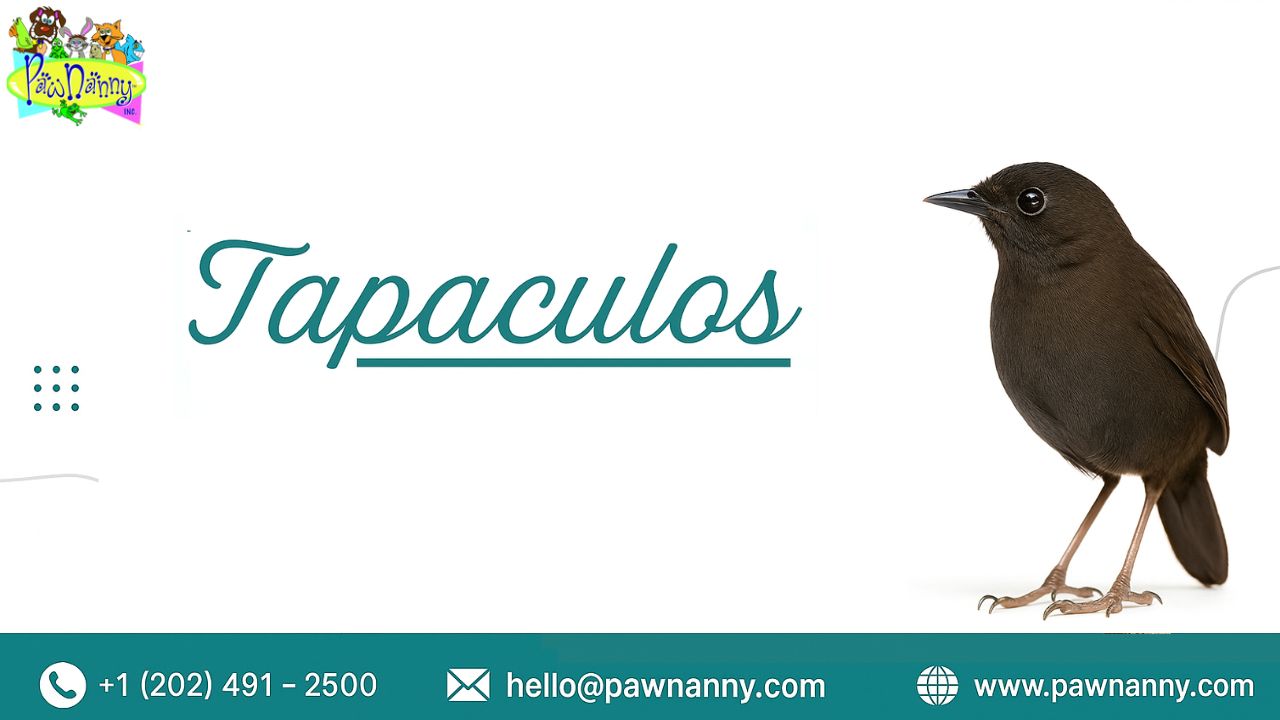
Gambel' Quail
Scientific Name: Callipepla gambelii
Flock Members: 10-30 members
Size: 11-12 inches
Weight: 5-7 ounces
Lifespan: 2-7 years
A.K.A.: Desert Quails
Behavior
Gambel's quail, scientifically known as Callipepla gambelii, exhibit a fascinating array of behaviors that have evolved to help them thrive in the arid and semi-arid regions of the southwestern United States and northern Mexico. These small, ground-dwelling birds are renowned for their social nature even during Pet Transportation Service, unique foraging strategies, and intriguing mating rituals. One of the most distinctive aspects of Gambel's quail behavior is their tendency to form close-knit social groups known as coveys. These coveys typically consist of 10 to 30 birds, although larger gatherings are not uncommon. The formation of coveys serves multiple purposes. It provides safety in numbers, as many eyes are better at detecting predators. Additionally, coveys offer warmth and protection during the cold desert nights, as the quails huddle together. In the challenging desert environment, cooperative foraging becomes essential, and coveys make it easier for these birds to locate food sources efficiently.
Gambel's quails are omnivorous, and their foraging behavior reflects their diverse diet. They feed on a wide range of items, including seeds, leaves, insects, and even small reptiles. What's remarkable is their distinctive "scratch-digging" behavior, where they use their strong legs to scratch at the soil's surface. This action helps uncover hidden seeds and insects, a crucial strategy for locating food in the arid desert terrain. In essence, the behavior of Gambel's quail highlights their remarkable adaptation to desert life. Their social tendencies, foraging strategies, and intricate mating rituals reflect the ingenious ways these birds have evolved to not only survive but thrive in the arid landscapes they call home.
History
The history of the Gambel's quail (Callipepla gambelii) is deeply intertwined with the vast, arid landscapes of the southwestern United States and northern Mexico. These birds have inhabited these regions for centuries, leaving traces of their unique history and adaptations. Gambel's quail, named after American naturalist William Gambel, are native to the deserts, scrublands, and arid habitats of the southwestern United States. They have long been part of the ecosystem in these areas, playing important roles in seed dispersal and insect control. Indigenous peoples of the region have valued Gambel's quail for their meat and feathers, incorporating them into their diets and cultural practices.
European settlers encountered these quails in the 19th century, and their observations and documentation contributed to the scientific understanding of the species. The name "Gambel's quail" was given in honor of William Gambel, who extensively studied the flora and fauna of the American West during the mid-1800s. Today, Gambel's quail continue to be a vital component of the southwestern ecosystem. They are admired for their distinctive appearance, social behavior, and adaptability to desert environments. Their history serves as a testament to the enduring presence of wildlife in some of the harshest and most beautiful landscapes in North America, where they remain an integral part of the natural heritage of the region.
Breeding
The breeding season for Gambel's quail typically begins in late winter or early spring when environmental conditions become more favorable. Breeders also use taxi services for pets to take this bird to the best location to find a mate. During this time, male quails engage in courtship displays to attract females. One of the most notable behaviors is "tidbitting," where the male presents small tidbits of food to the female as part of the courtship ritual. This behavior showcases the male's ability to provide for a potential mate and plays a role in winning her affection.
Once a pair has formed, the female Gambel's quail undertakes the responsibility of constructing a nest. These nests are typically ground nests, often concealed under vegetation or shrubs for protection from predators and the harsh desert sun. The female then lays a clutch of eggs in the nest. Clutch sizes can vary but generally range from 10 to 15 eggs. Both male and female Gambel's quail share the duty of incubating the eggs. They take turns sitting on the eggs to keep them warm and ensure proper development. This shared parental responsibility not only contributes to the survival of their offspring but also reflects the cooperative nature of these birds.
Once the eggs hatch, the chicks are precocial, meaning they are relatively well-developed and able to move around shortly after hatching. The parents continue to care for and protect their young, guiding them in foraging and teaching them essential survival skills. Breeding in Gambel's quail is a testament to the species' adaptability and cooperative behaviors, which enable them to thrive in the challenging desert environments they call home.
Food & Nutrition
Food and nutrition play a pivotal role in the life of Gambel's quail, ensuring their survival and well-being in the arid and semi-arid regions they inhabit. These birds are opportunistic omnivores, meaning they have a diverse diet that includes both plant matter and small animals. Gambel's quail primarily feed on seeds, which are a readily available and important food source in their desert habitats. They are especially fond of seeds from various plant species, such as grasses, forbes, and shrubs. Their "scratch-digging" behavior, using their strong legs to scratch at the soil's surface, allows them to efficiently uncover hidden seeds and insects, making them well-suited to their arid environments.
In addition to seeds, Gambel's quail incorporate a variety of other food items into their diet. They consume leaves, fruits, and green vegetation when available. Insects and small invertebrates also form part of their nutrition, providing essential protein and nutrients, especially during the breeding season. Water is a vital component of their diet, particularly in the scorching desert heat. Gambel's quail obtain moisture from both their food and direct water sources when available, making access to water crucial for their survival.
Overall, the diverse and adaptable diet of Gambel's quail allows them to thrive in a range of desert ecosystems, where food resources can be sporadic and seasonally variable. Their ability to forage efficiently and consume a mix of plant matter and small prey items contributes to their success in these arid landscapes.
Conclusion
The Gambel's quail stands as a remarkable testament to nature's adaptability and the unique beauty of desert ecosystems. These small birds, native to the arid and semi-arid regions of the southwestern United States and northern Mexico, have evolved an array of captivating behaviors and adaptations that allow them to thrive in some of the harshest environments on Earth. From their cooperative covey lifestyle to their distinctive courtship rituals, Gambel's quail exemplify the significance of social bonds and adaptability in their survival strategy. Their diverse diet, which includes seeds, vegetation, and insects, showcases their versatility as opportunistic omnivores.
Furthermore, the role of Gambel's quail in their ecosystems cannot be overstated. They aid in seed dispersal, contribute to insect control, and serve as prey for various predators, making them an integral part of the food web. These birds are not only a testament to the resilience of wildlife but also an inspiration to appreciate and protect the unique biodiversity of the desert regions they call home. In an ever-changing world, Gambel's quail reminds us of the wonders of nature and the importance of preserving the delicate balance of life in arid landscapes. As we admire their distinctive plumage and observe their intriguing behaviors, we are reminded of the extraordinary adaptations that allow life to flourish in even the most challenging environments. For more information or to avail our Pet Taxi Services, visit Pawnanny.com .










